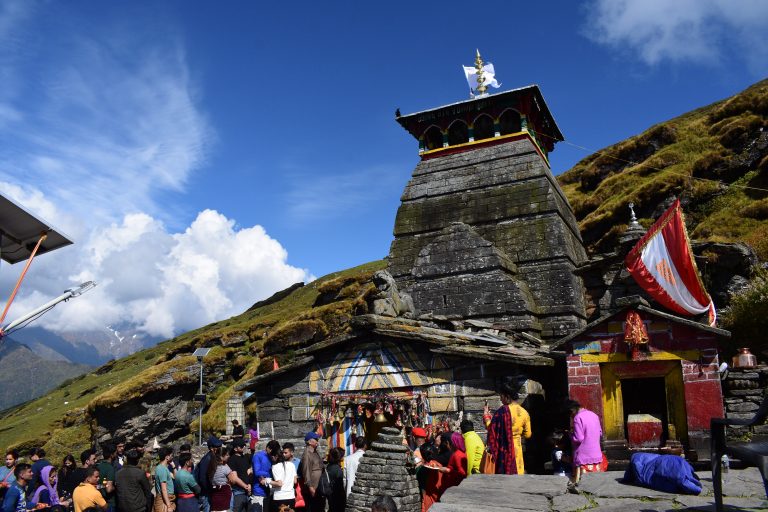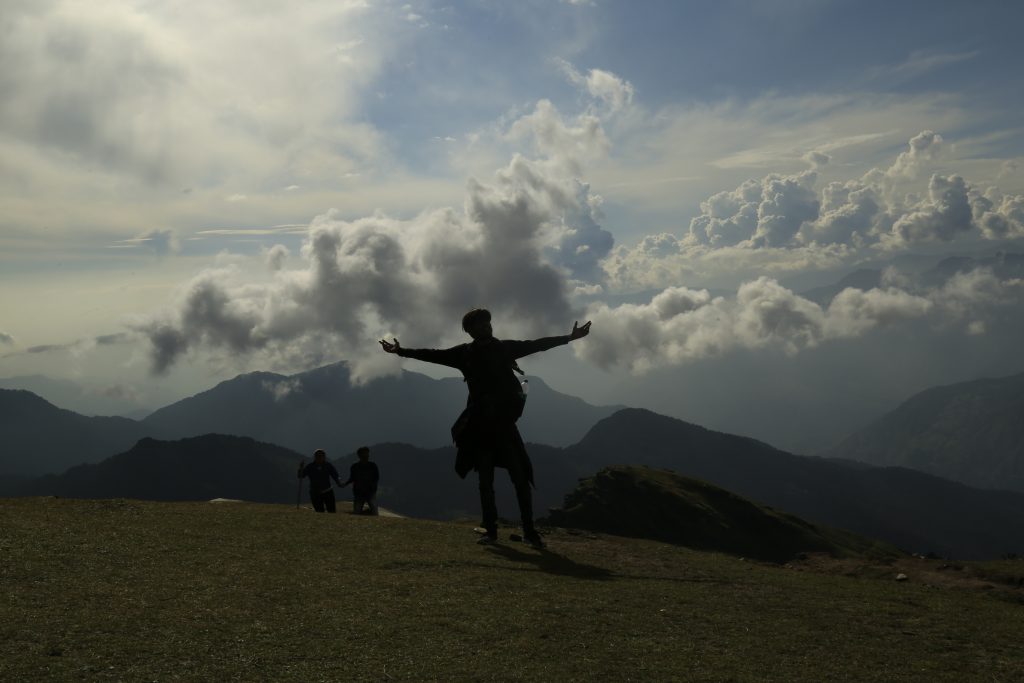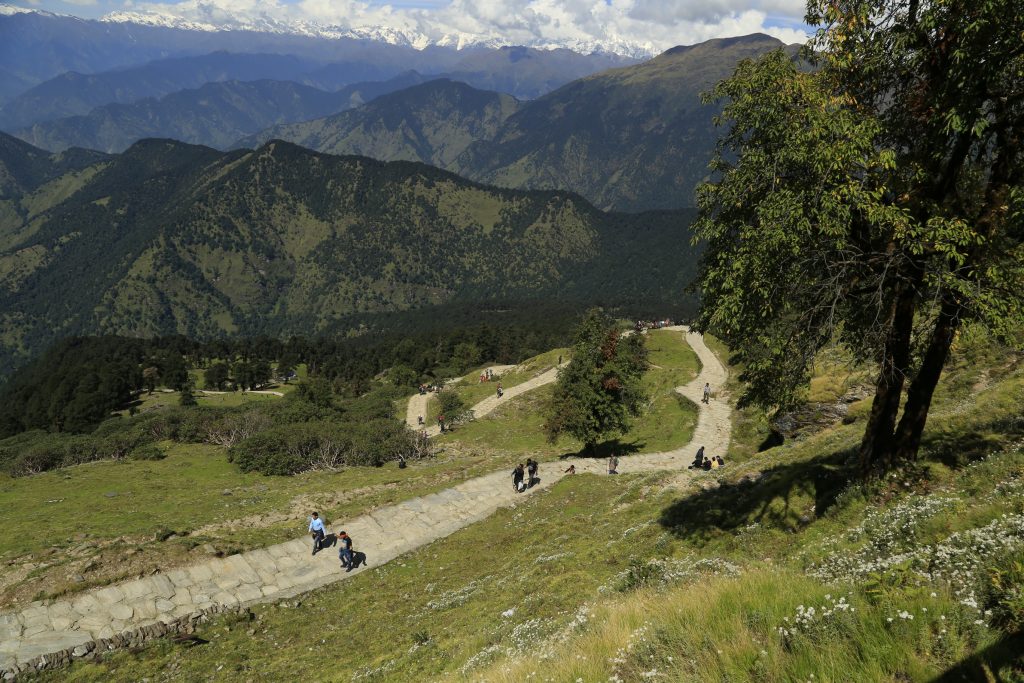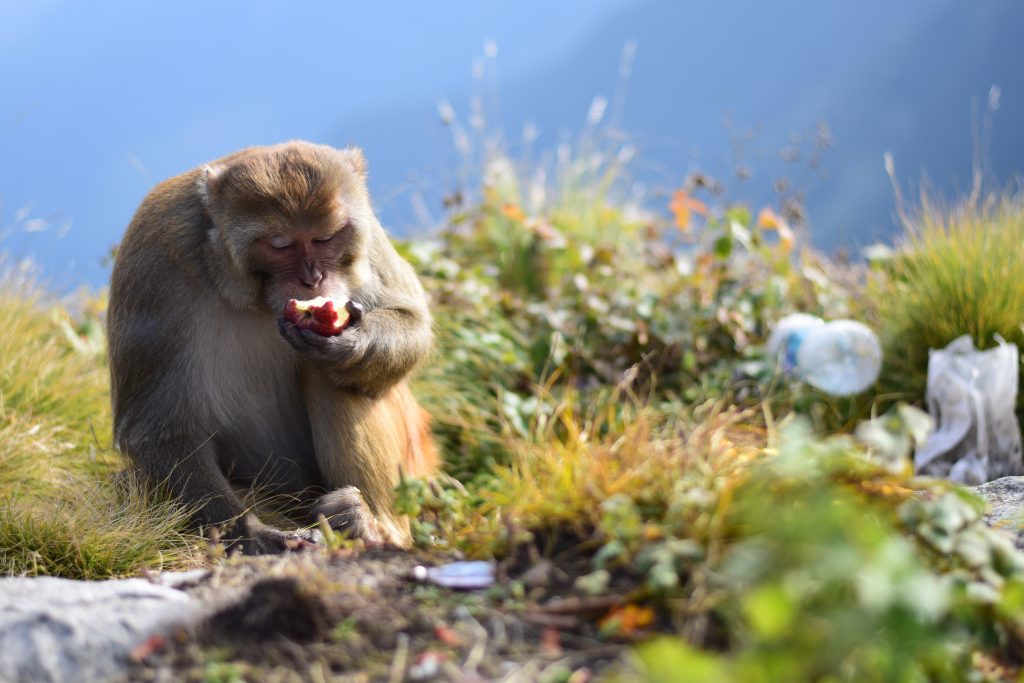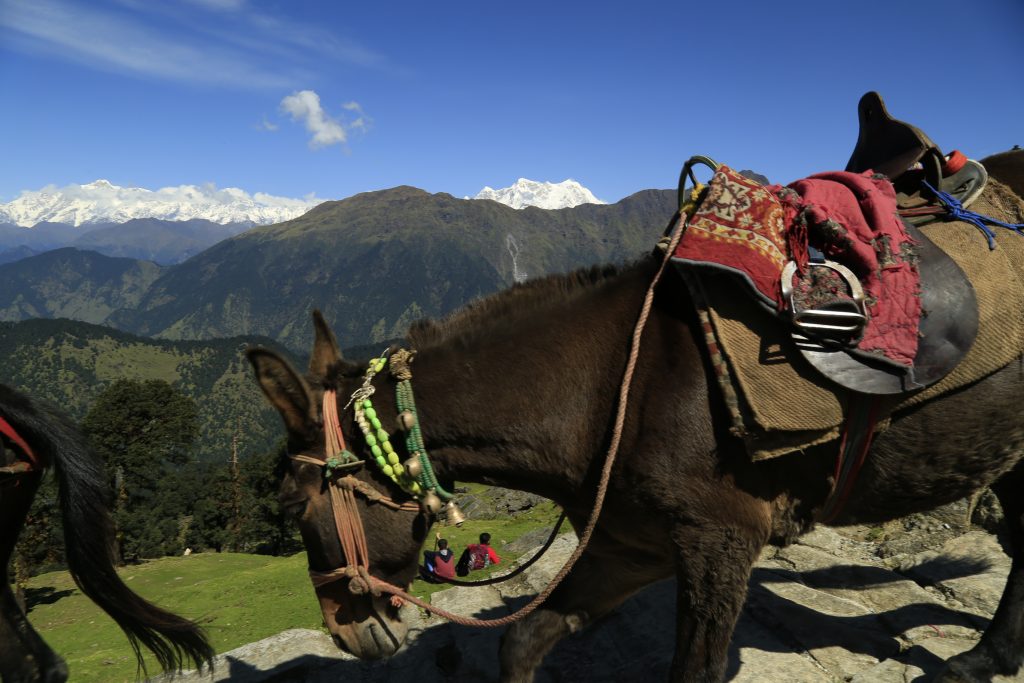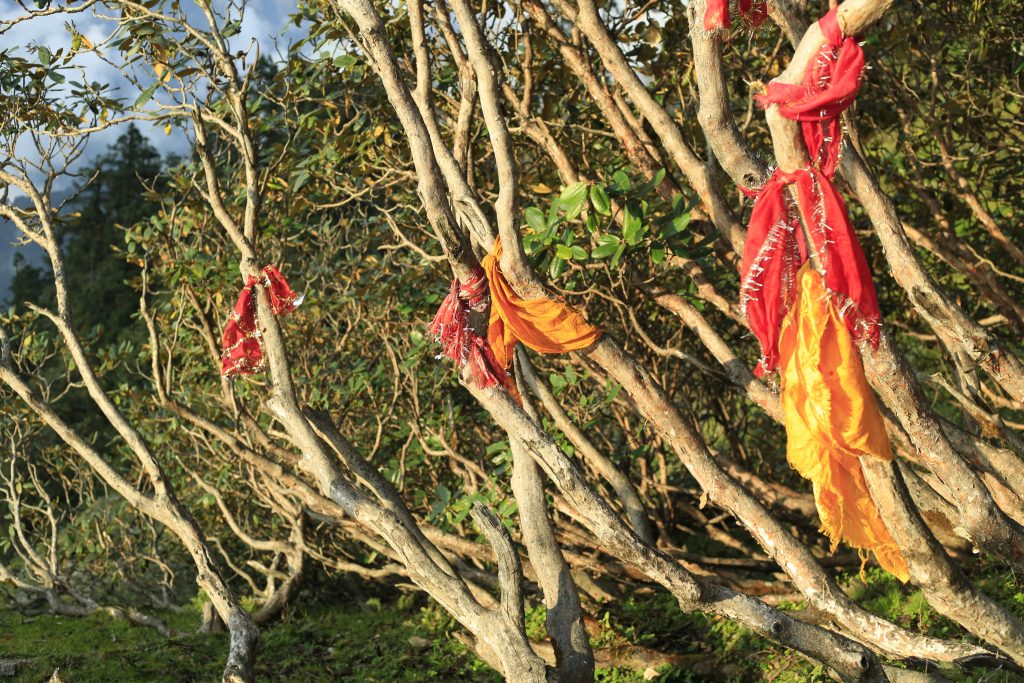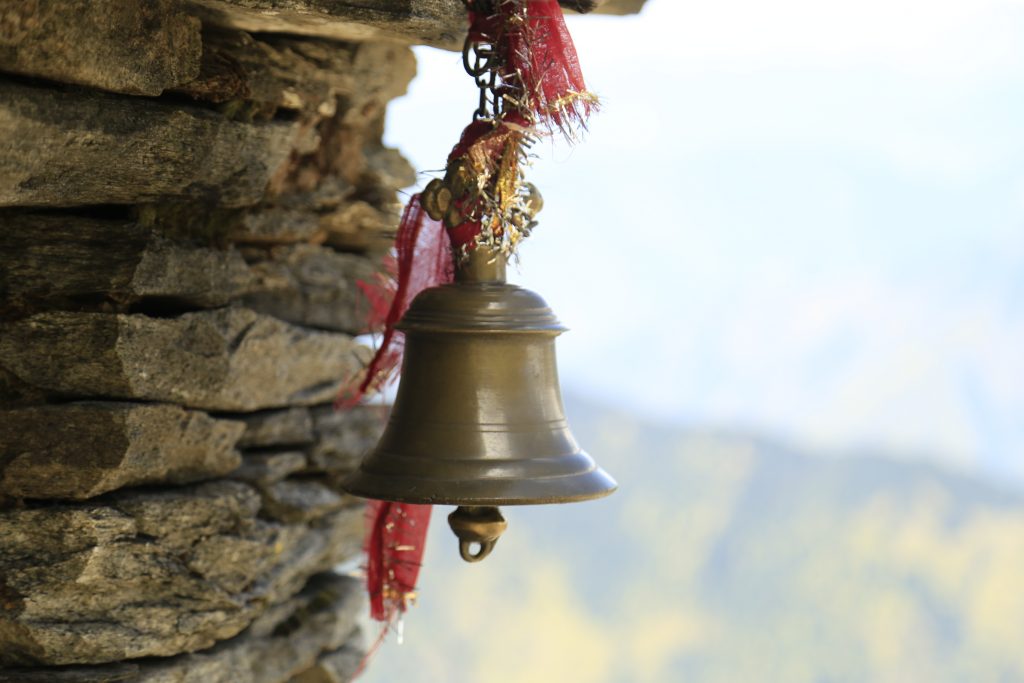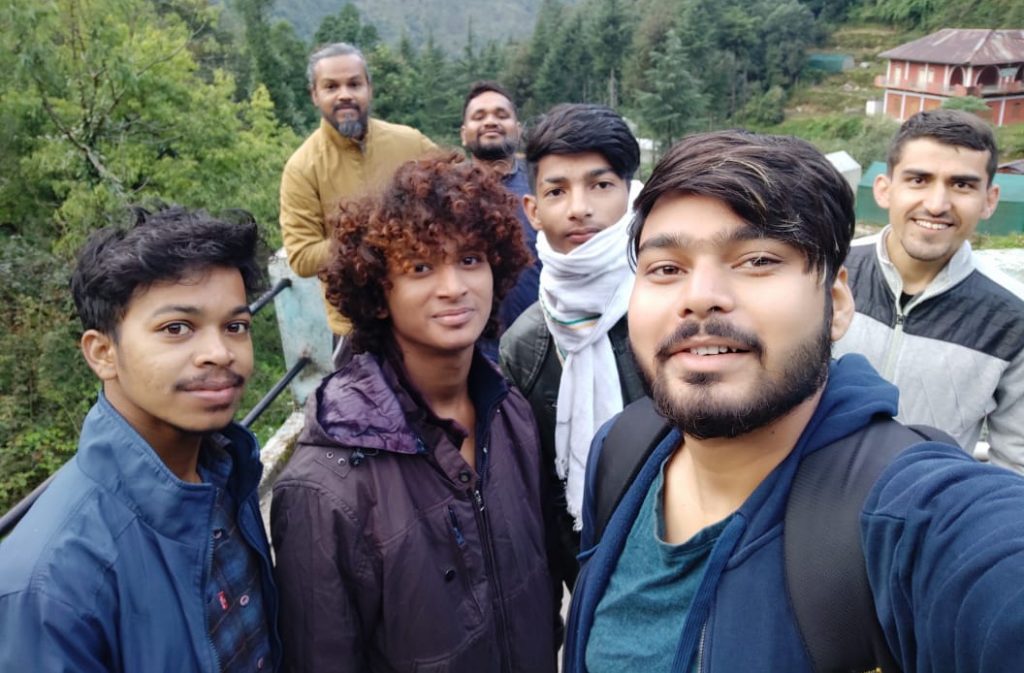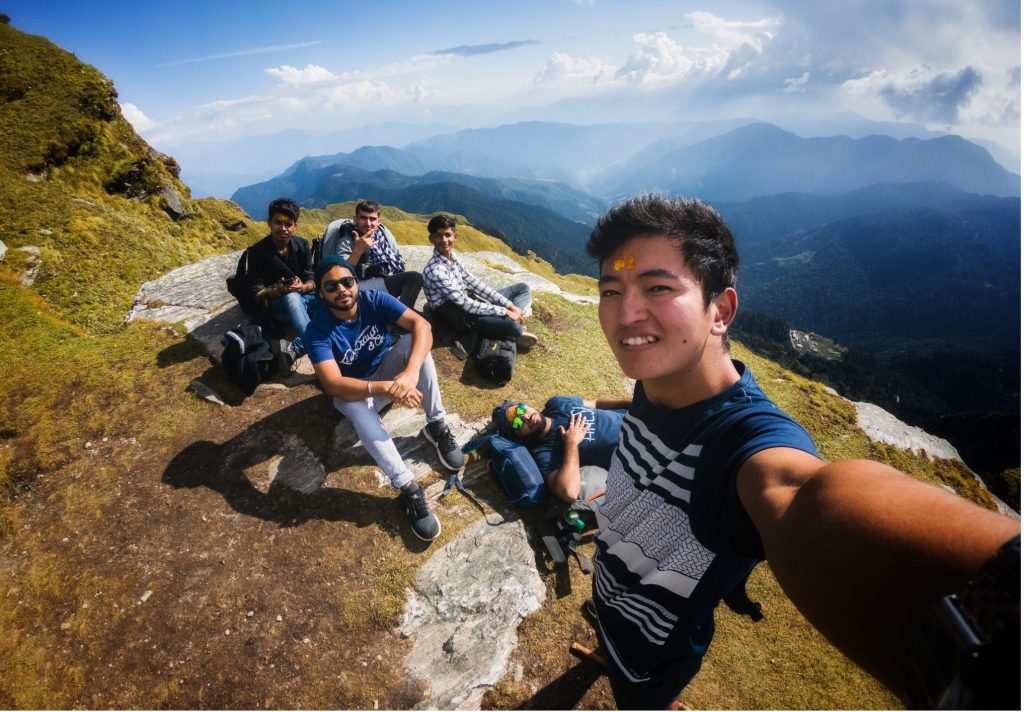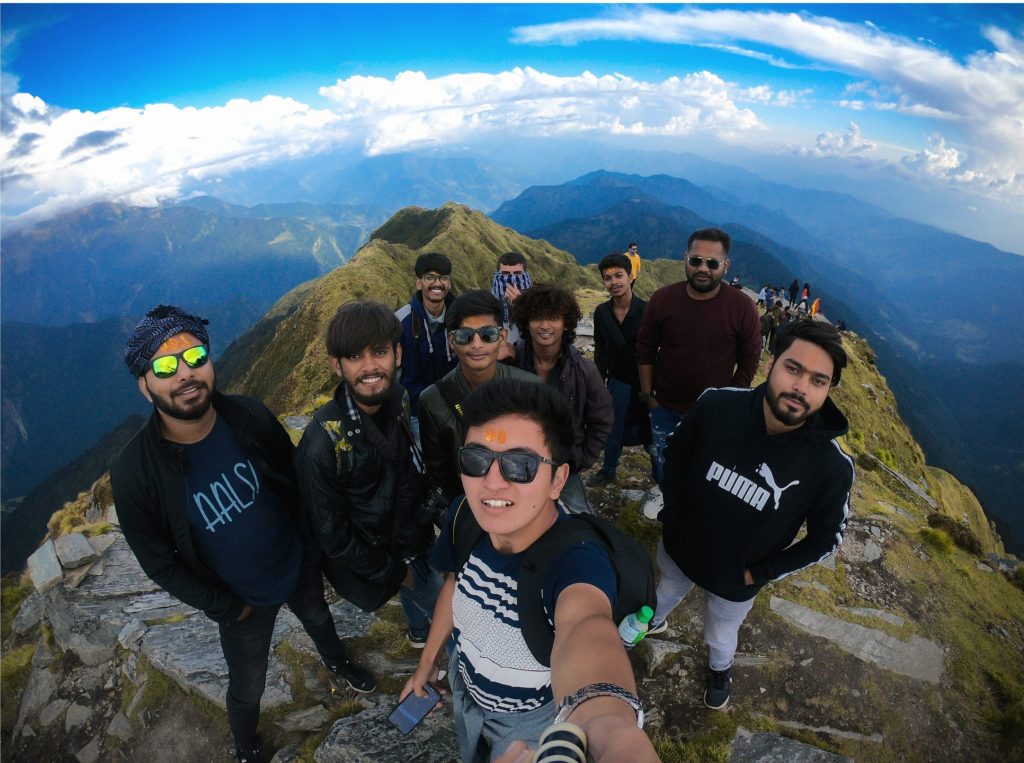Tungnath is one of the highest Shiva temple in the world nestled at an altitude of 3680 meters (12,073 ft). The temple lies about 2 km below the Chandrashila Peak (4,000 meters ) located in the mountain range of Tunganath in Rudraprayag district. The road to Chopta is just below this ridge and hence provides the shortest bridle approach path for trekking to the temple from Chopta.
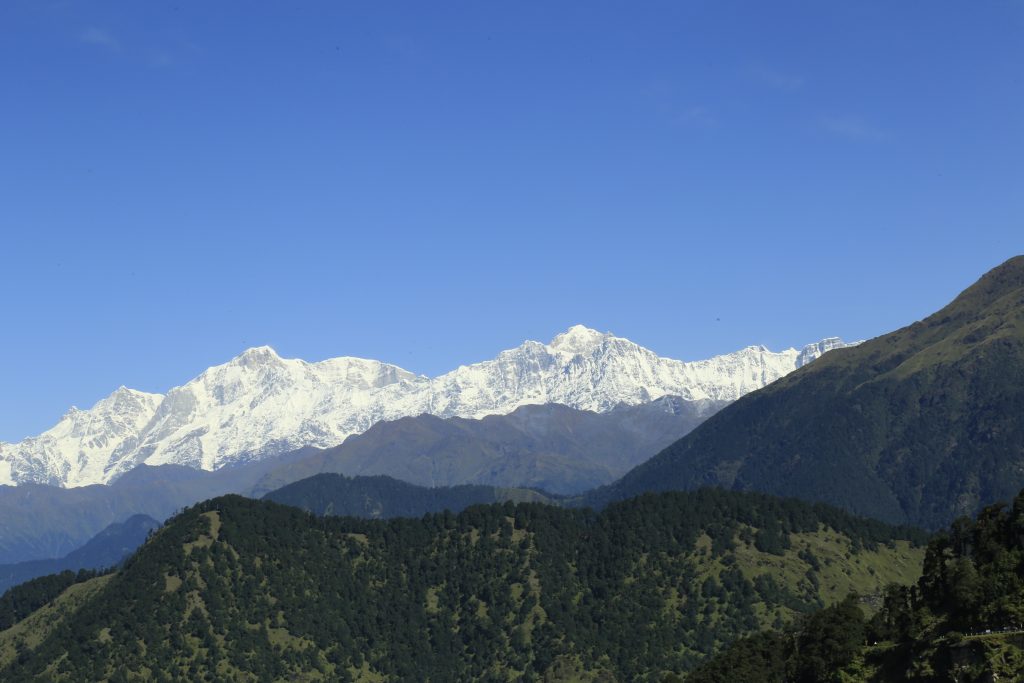
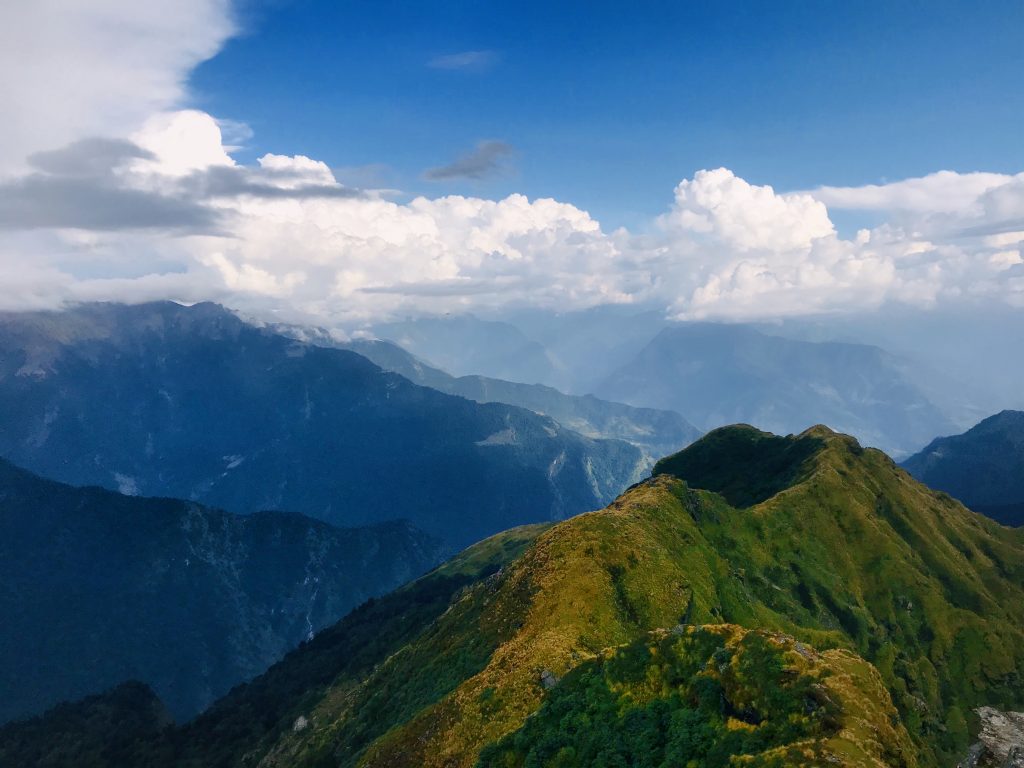
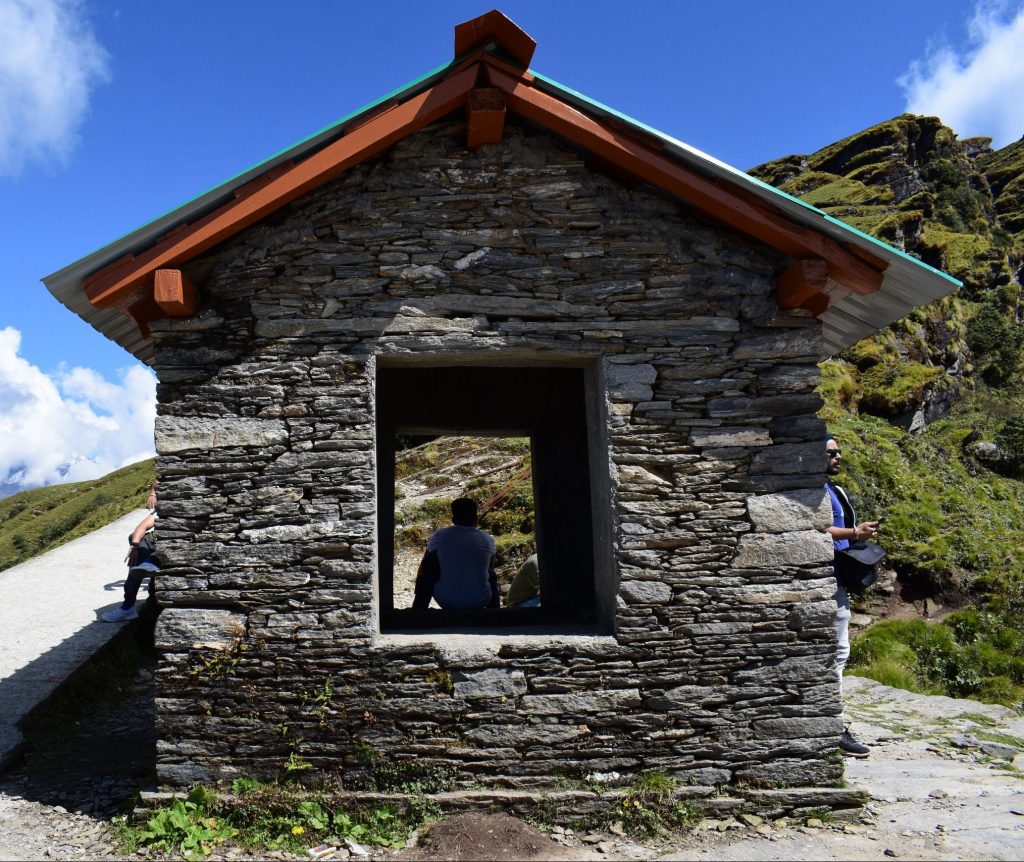
Stone hut is a resting place for shepherds and trekkers
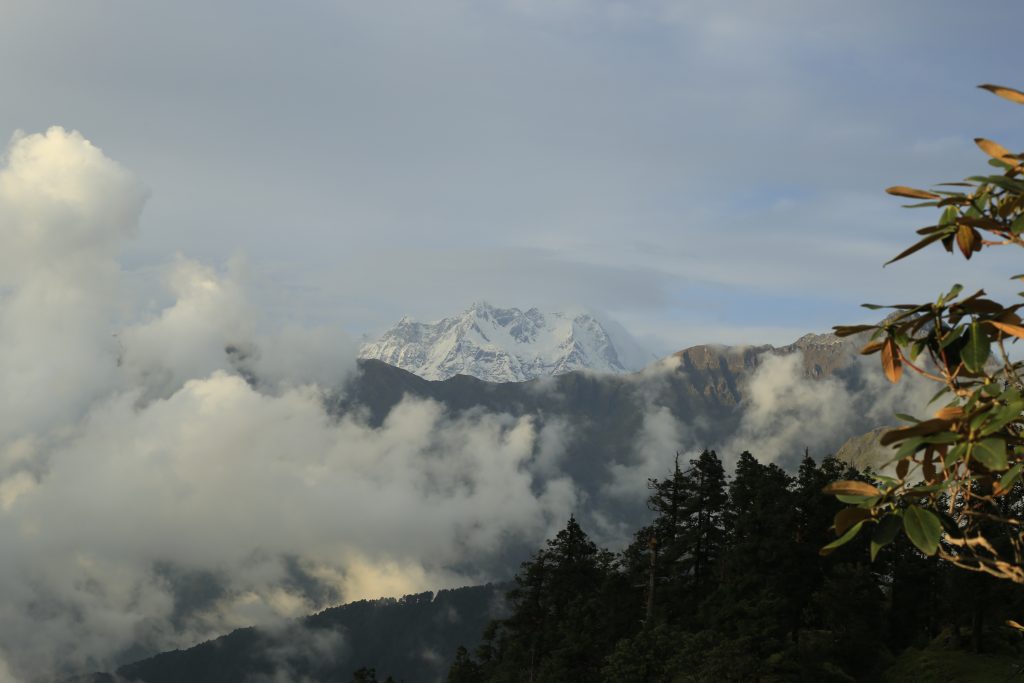
The historic context behind Tungnath Temple
The opulent temple is made up of stones adorned with decorations. Tungnath Temple was built in the North Indian style of architecture and has a dozen shrines of other Gods surrounding the temple.
It is one of the Panch Kedars and is believed to have belonged to an ancient era almost 1000 years old. There are numerous tales associated with the place. The mythological background of Tungnath Temple is associated with the epic Mahabharat.
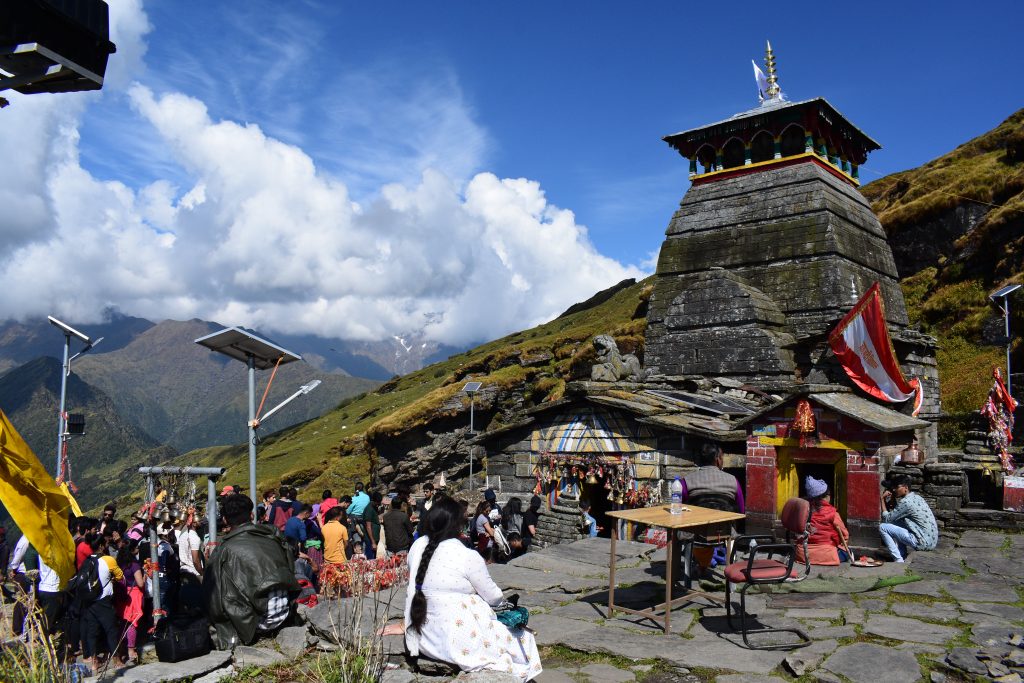
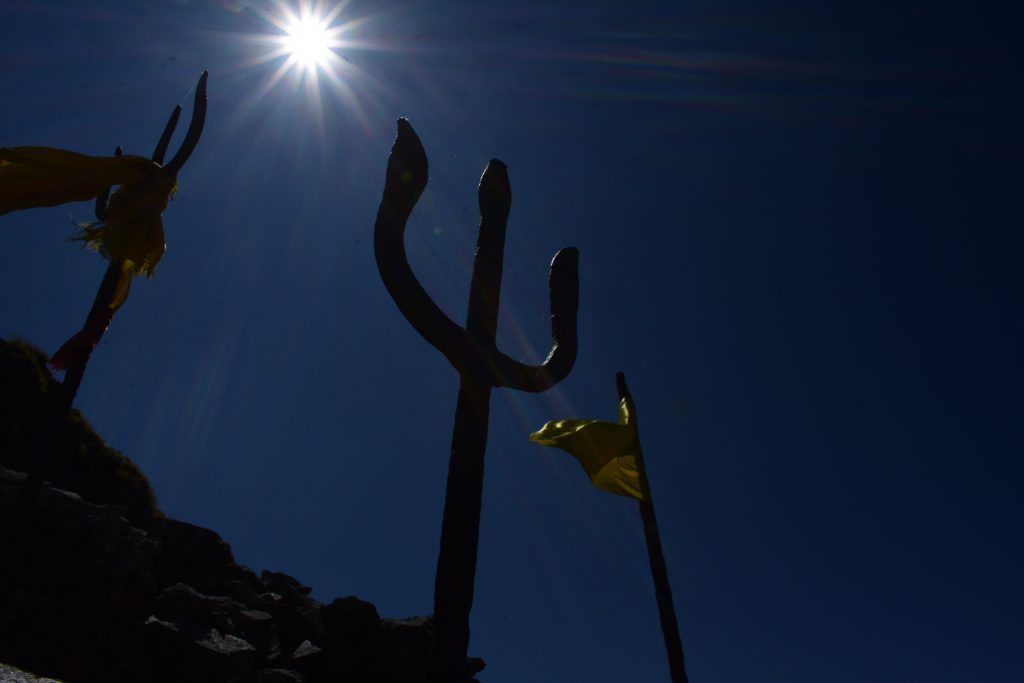
Vyas Rishi told the Pandavas that they were guilty of killing their own cousin brothers in the Kurukshetra war and their sins would be expiated only if lord shiva pardoned them and after that Pandavas started on their journey to find Lord Shiva. However, since Lord Shiva was angry about all the deaths, he wanted to avoid them as a result of which he turned into a bull and disappeared in the ground with all his body parts scattered in different places.
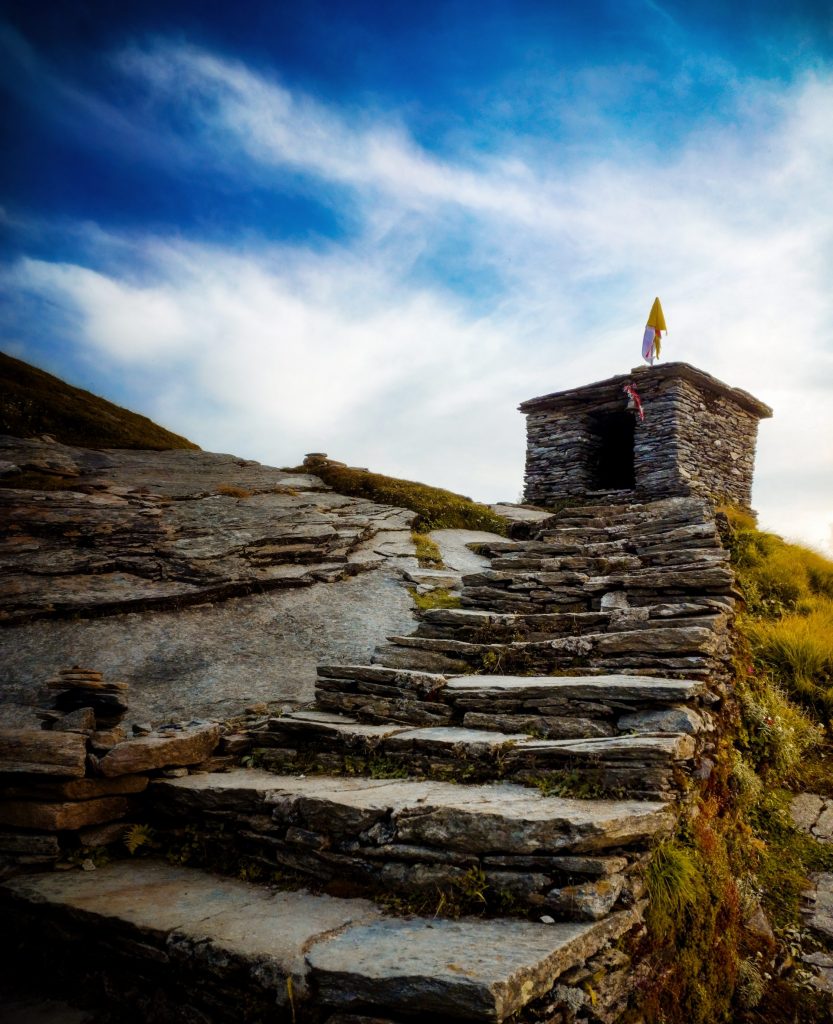
His hump appeared at Kedarnath, bahu at Tungnath, head at Rudranath, stomach & navels at Madhyamaheshwar and jata at Kalpeshwar. A temple was built by the Pandavas at this place to worship Lord Shiva and please him. The name of the temple has been derived as ‘Tung’ meaning arms and ‘Nath’ symbolizing Lord Shiva.
The priest at this temple is a local Brahmin from Ukhimath village, unlike the other Kedar temples where the priests are from South India, a tradition set by the eighth century Hindu Shree Sankaracharya.
Trekking experience by the IIP students of diploma in fine art of photography (2019-20).


